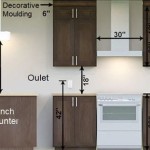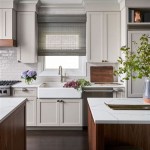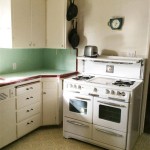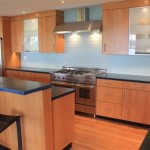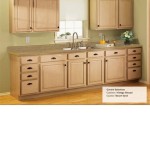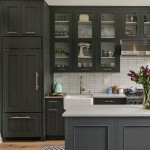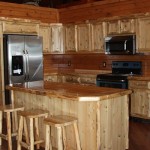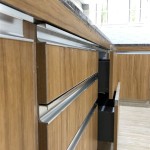Essential Aspects of Building Traditional Kitchen Cabinets
Traditional kitchen cabinets exude timeless elegance and warmth, adding a touch of history to your cooking space. Building these cabinets requires careful planning, precision craftsmanship, and a deep understanding of traditional techniques. Here are essential aspects to consider:
1. Design and Planning: Before starting any construction, determine the design scheme, cabinet layout, and overall style. Consider the size of your kitchen, its architectural features, and your personal preferences. Sketch a detailed plan, including cabinet dimensions, door styles, and hardware.
2. Joinery: Traditional cabinets are characterized by sturdy construction using mortise-and-tenon, dovetail, or pocket-hole joints. These methods ensure durability and longevity. Use high-quality hardwoods like oak, maple, or mahogany for strength and stability.
3. Cabinetry Materials: The choice of wood for the cabinet frames and doors depends on the desired look and durability. Oak offers a classic look with prominent grain patterns, while maple provides a smooth, even surface. Cherry and walnut add a touch of elegance and warmth.
4. Doors and Drawer Fronts: Cabinet doors and drawer fronts define the style of your kitchen. Choose from various raised panel designs, beaded moldings, or decorative carvings. Consider using solid wood construction for strength and durability.
5. Hardware: The hardware, including hinges, drawer slides, and knobs or pulls, not only adds functionality but also enhances the overall aesthetic. Select hardware that complements the cabinet design and finish. Choose sturdy brass, iron, or stainless steel for durability.
6. Finishing: After construction, the cabinets require a flawless finish to achieve the desired look. Sand thoroughly to remove any imperfections and apply a stain or paint that complements your kitchen decor. Several coats of polyurethane or lacquer provide protection and enhance the finish.
7. Installation: Proper installation is crucial for the cabinets to function correctly and last for years. Use level and square to ensure precise alignment and secure attachment to the walls and floor. Consider professional installation if you are not experienced in cabinet-making.
Building traditional kitchen cabinets is a rewarding project that can add value and aesthetic appeal to your home. By following these essential aspects, you can create lasting, functional, and beautiful cabinets that will stand the test of time.

Building Traditional Kitchen Cabinets By Jim Tolpin Paperback Target

Building Traditional Kitchen Cabinets Tolpin Jim 9781561580583 Abebooks

Building Traditional Kitchen Cabinets Jim Tolpin

Jim Tolpin Building Traditional Kitchen Cabinets

Building Kitchen Cabinets And Bathroom Vanities By Steve Cory Paperback Target

Building Traditional Kitchen Cabinets On Apple Books

Installing Kitchen Cabinets Made Simple Taunton Press By Gregory Paolini Mixed Media Target

Build Your Own Kitchen Cabinets Woodsmith Woodworking

倉禾工具屋 Cabinhouse 8

Hybrid Cabinet Construction Fine Homebuilding

